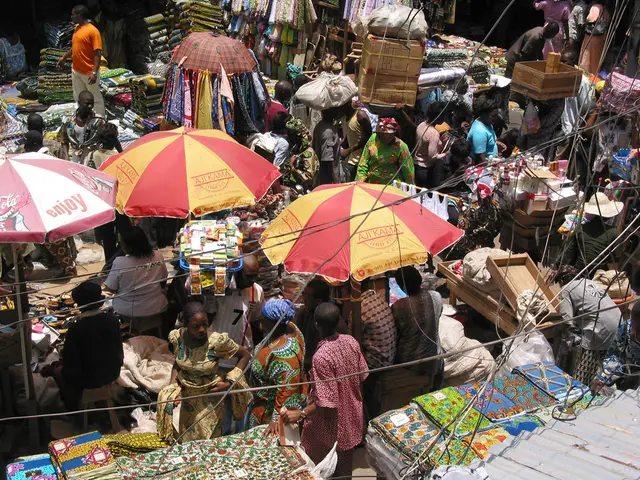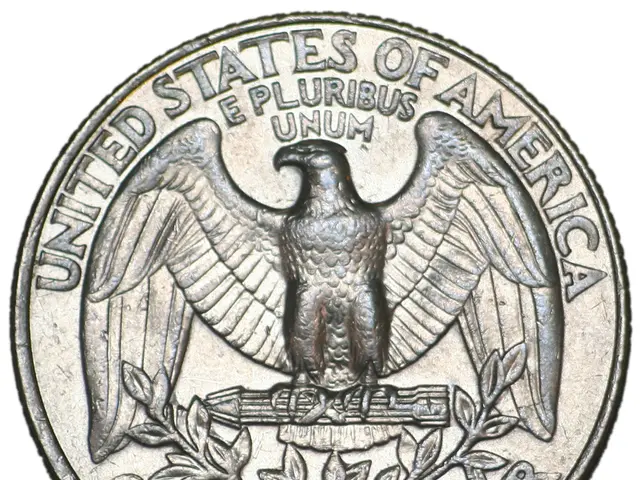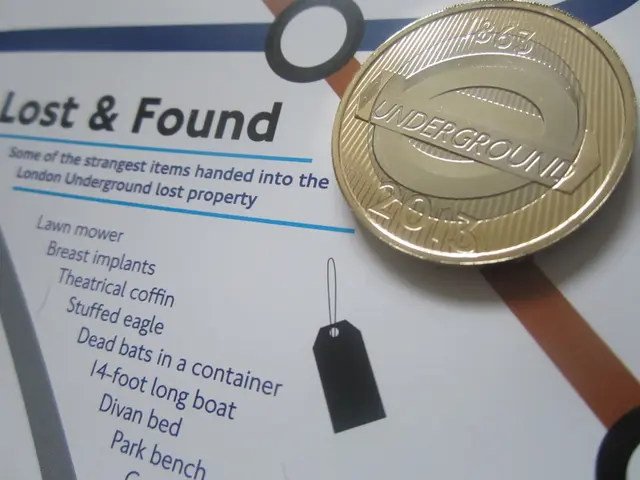The Euro has appreciated in value, causing other currencies to depreciate in comparison.
In the financial landscape of Belarus, the use of bank cards is evolving, albeit with some constraints. On August 13, the exchange rates for various currencies against the Belarusian ruble were as follows:
- The exchange rate for the yuan (for ¥10) was Br4.1171.
- The exchange rate for the dollar was Br2.9749.
- The exchange rate for the Russian ruble (for ₽100) was Br3.7165.
- The exchange rate for the euro was Br3.4521.
Interestingly, the yuan remained virtually unchanged, appreciating by 0.02 kopecks, while the euro appreciated by 0.71 kopecks. The dollar and the Russian ruble depreciated slightly, with the dollar depreciating by 0.30 kopecks and the Russian ruble depreciating by 0.01 kopecks.
The Belarusian ruble had mixed performance on the stock exchange. Meanwhile, the preference for cash is waning in Belarus, as indicated by the reduction in the number of cash withdrawal points, info kiosks, and ATMs. Over the past six months, the number of cash withdrawal points has decreased by 423 to 2,133, the number of ATMs has decreased from 4,215 to 4,138, and the number of info kiosks has decreased from 1,750 to 1,660.
As of July 1, 2025, there are 19,719,220 active bank cards in Belarus, a number expected to reach 20 million by 2026. This growth in bank card usage may be influenced by global trends such as contactless and tap-to-pay transactions, biometric authentication, and expansion into mobile banking platforms.
However, Belarus faces some unique challenges. For instance, Latvian payment cards are not accepted in Belarus, and payments via internet banking are also not possible for Latvians there, forcing cash payments for things like fines. This indicates limited cross-border card acceptance in Belarus, at least from neighboring Latvia.
In conclusion, while Belarus is embracing modern card payment technologies domestically, foreign cards face limited acceptance, emphasizing a reliance on cash for cross-border and some local transactions. This points towards a mixed situation in Belarus: adoption of modern card payment technologies domestically may be occurring alongside regulatory or banking limitations affecting cross-border card usability.
- The growth in bank card usage in Belarus may influence finance, as the number of active bank cards is expected to reach 20 million by 2026, potentially impacted by trends such as contactless transactions, biometric authentication, and expansion into mobile banking platforms.
- Limited cross-border card acceptance is a challenge faced by Belarus, as indicated by the fact that Latvian payment cards are not accepted in Belarus, emphasizing a continued reliance on cash for certain transactions, which can impact finance.




